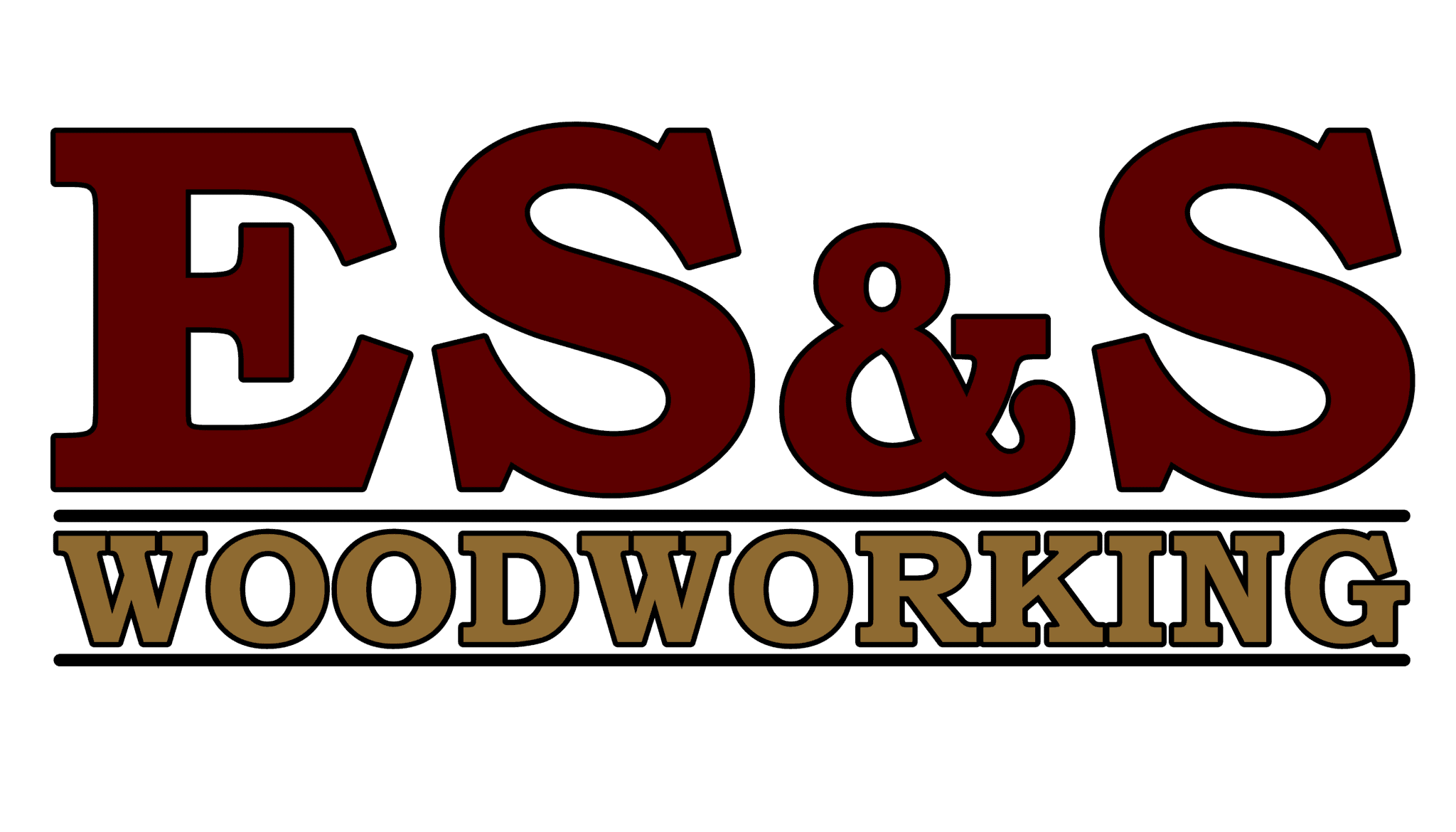Sanding is one of the tasks you will do in a woodshop that rarely gets enough credit. It is also the task that people rarely think of ahead of time and properly plan for. If you spend 10 hours on a restoration at least 7 of them will be sanding in one form or another. Our table restoration is coming along nicely and is now ready for some hands-on TLC. The clear coat and stain have been removed as much as possible but now its time to treat the wood to varying grit of sandpaper.
When you put a liquid on any untreated surface you will cause what is referred to as “raised grain”. This is actually a good thing despite feeling like you ruined your project. What started out as a perfectly smooth board will now feel unbelievably course. That is because the liquid, as it is drying, causes the grain fibers to lift up from their previously packed in position. How can this possibly be a “good thing”? Because now when you sand the wood the fibers will be flawlessly smoothed out and the final product will be amazing! You’ll have removed any imperfections on the surface and now it will accept a final clearcoat readily and evenly.
I like to sand with increasingly finer grit 3m Pro Grade sandpaper after lifting the grain. In this case, I will start with 150grit and move through 320 grit. Many people would stop at 220 which is more than fine but I enjoy 320 for tabletops. When I start applying coats of clear I will sand between each one. The final grit that will touch the last layer of clear will be 1000. This will create a surface that is incredibly smooth for years to come.
